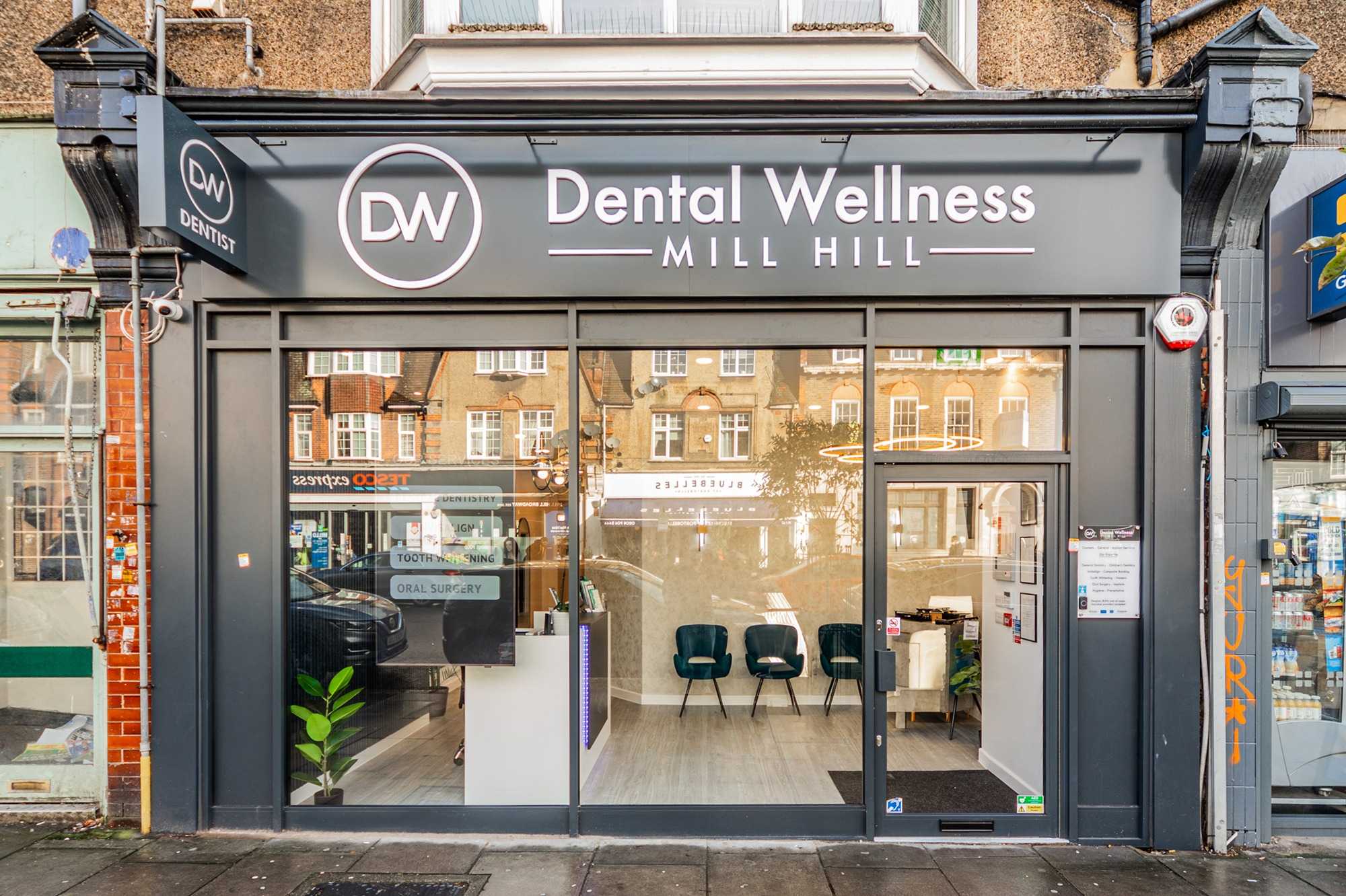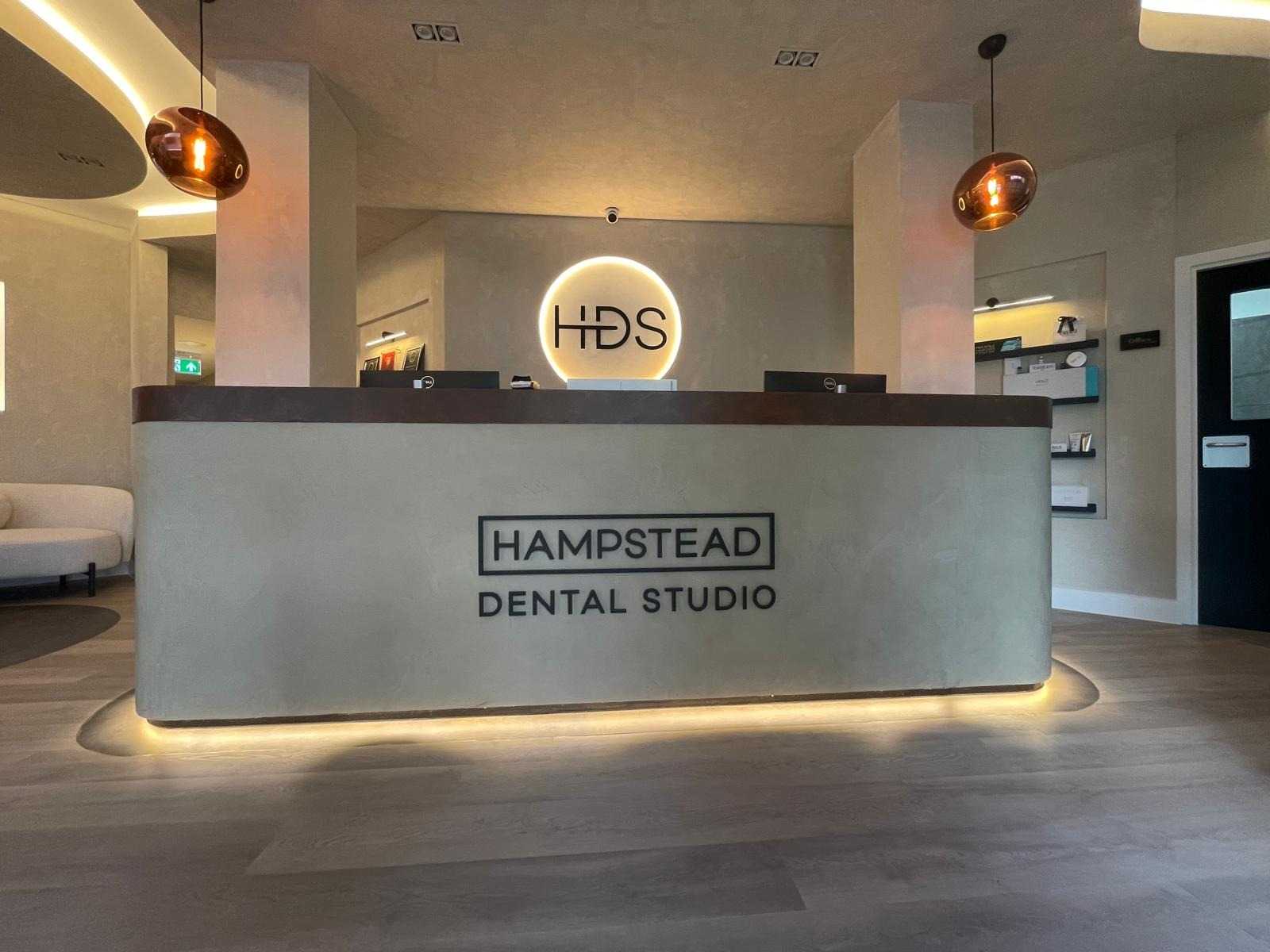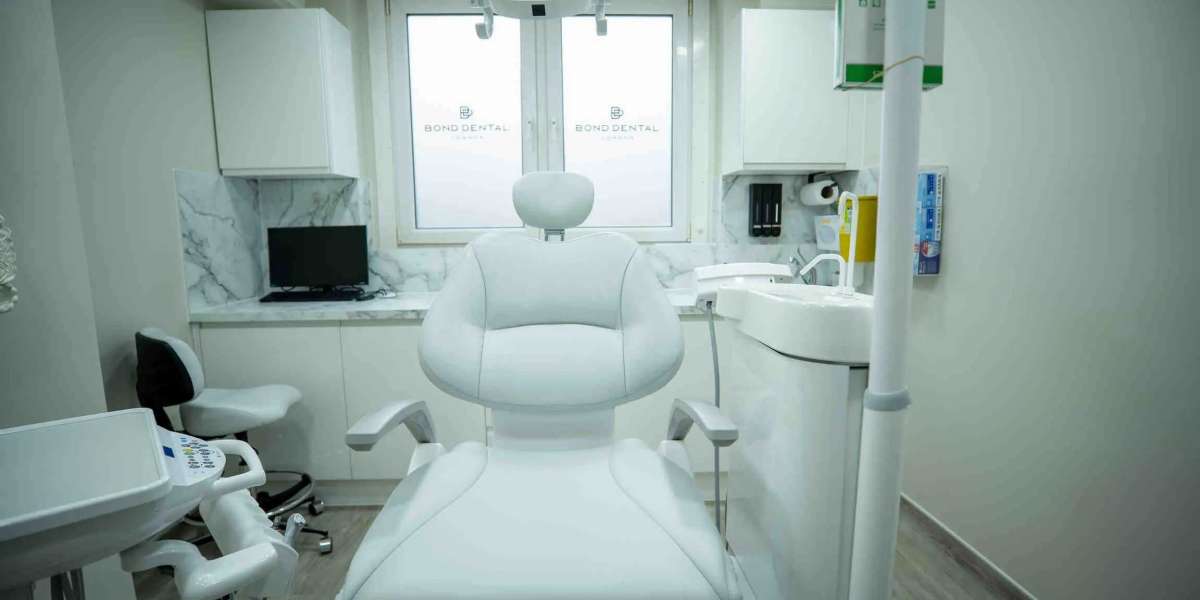In a dental practice, ensuring a clean and sterile environment is essential, not only for patient safety but also for adhering to regulatory standards. One of the most effective ways to ensure a high standard of hygiene is by incorporating centralised sterilisation into the design of the clinic. While many dental practices use individual sterilisation units within treatment rooms, centralising the process in a dedicated space offers a host of benefits. This blog delves into the importance of centralised sterilisation in modern dental clinics, exploring its advantages, design considerations, and role in creating a functional and efficient environment.
Understanding Centralised Sterilisation
Centralised sterilisation involves consolidating all sterilisation activities in a single, designated area of the clinic, rather than dispersing them across individual treatment rooms. This approach ensures that all equipment, instruments, and tools are thoroughly sterilised in one central location, following a set process that meets health and safety standards.
Unlike decentralised systems, where sterilisation units are often spread out across various rooms, a centralised system creates a streamlined workflow, reduces the risk of cross-contamination, and optimises both staff time and space. Centralised sterilisation optimises space and workflow in a squat dental practice making it easier to manage sterilisation processes within limited areas during the clinic's initial phase. It also enables better tracking and monitoring of sterilisation processes, making it easier to ensure compliance with safety protocols.
Key Benefits of Centralised Sterilisation in Dental Practice Design
Centralised sterilisation enhances efficiency, safety, and compliance, streamlining clinic operations and improving hygiene standards.
1. Improved Efficiency
Centralising sterilisation boosts dental practice efficiency by consolidating tasks into one area, saving time and reducing equipment needs. This streamlined approach eliminates multiple sterilisation units, decreasing maintenance efforts and allowing staff to focus more on patient care. With fewer machines to maintain, the overall workflow becomes smoother, improving both operational efficiency and patient service.
2. Enhanced Infection Control
Centralised sterilisation ensures strict infection control by sterilising all instruments in a dedicated, monitored space. This process prevents cross-contamination and reduces the risk of healthcare-associated infections. By consolidating sterilisation tasks, the clinic maintains a controlled environment with clear procedures, minimising errors and ensuring that all instruments meet rigorous cleanliness standards, enhancing overall patient safety.
3. Compliance with Health Regulations
A centralised sterilisation area ensures compliance with strict infection control standards set by health authorities. It streamlines the sterilisation process, guaranteeing efficiency and safety. Having a designated space also simplifies documentation and tracking, essential for regulatory inspections or audits. Accurate records of sterilisation times and procedures help maintain compliance and ensure patient safety within the dental clinic.
4. Better Use of Space
Centralising sterilisation optimises space in the dental clinic by gathering all equipment in a single, dedicated area. This approach frees up treatment rooms for essential equipment, creating a more efficient layout. In a squat dental practice this space-saving strategy enhances workflow, boosts staff productivity, and ultimately improves the overall patient experience by reducing clutter and ensuring a more organised environment.
The Role of Centralised Sterilisation in Modern Dental Practice Design
In modern dental practices, centralised sterilisation is crucial for optimising staff workflow and ensuring patient safety through strategic placement.
Creating a Streamlined Workflow
Centralising sterilisation supports a smooth and efficient workflow by keeping sterilisation activities separate from the treatment rooms. This setup allows clinical staff to quickly access sterilised instruments and return used instruments for cleaning without disrupting the flow of patient care.It also means that staff can maintain a clear focus on their tasks, whether it’s preparing instruments or assisting with patient care. A good dental practice design will ensure that the sterilisation area is easily accessible from treatment rooms but also separate enough to avoid interfering with patient-facing spaces.
Safety and Infection Control Protocols
A centralised sterilisation room supports strict safety protocols by ensuring instruments are thoroughly sterilised before use. It allows for a clear dirty-to-clean workflow and dedicated sterile storage. With features like advanced ventilation, efficient waste disposal, and effective cleaning systems, this space strengthens infection control and significantly enhances the hygiene and safety standards of the entire dental clinic.
Staff Training and Accountability
Centralised sterilisation simplifies staff training by focusing on a single set of protocols in one location. In a squat dental practice, this setup fosters accountability, as one dedicated team oversees the process. It also allows for consistent monitoring, reducing the risk of errors and ensuring hygiene standards are maintained across the entire clinic through a streamlined and reliable system.
Design Considerations for Centralised Sterilisation Areas
When designing a centralised sterilisation area, there are several key factors to consider. Below are some design tips to ensure your sterilisation space is as functional and efficient as possible:
1. Location and Accessibility
The sterilisation area should be strategically located to allow easy access from all treatment rooms. However, it should also be separate enough to avoid contamination risks. The ideal placement allows staff to move instruments quickly while keeping the sterilisation space away from patient areas.
2. Ergonomics and Efficiency
The layout of the sterilisation area should be designed with ergonomics in mind. Staff should be able to move through the space easily and access necessary tools without unnecessary effort. Creating specific zones for dirty, clean, and sterile instruments can streamline the process and help keep things organised.
3. Compliance with Safety Standards
Ensure that the sterilisation area meets all necessary health and safety regulations. The space should have proper ventilation, waste disposal systems, and cleaning protocols. Choosing durable materials that are easy to clean and maintain is essential to prevent the buildup of contaminants.
Conclusion
Incorporating centralised sterilisation into your clinic layout is a vital step in ensuring a safe, efficient, and compliant environment for both staff and patients. By consolidating sterilisation activities into one dedicated area, dental clinics can streamline operations, reduce cross-contamination risks, and enhance the overall patient experience.Whether you are designing a new clinic or renovating an existing one, the integration of centralised sterilisation is an essential element of a modern dental environment.
At Divo Interiors LTD, we specialise in creating functional, efficient, and compliant clinical spaces tailored to your specific needs. With our expertise, we can help you design a space that enhances both your workflow and patient care.







